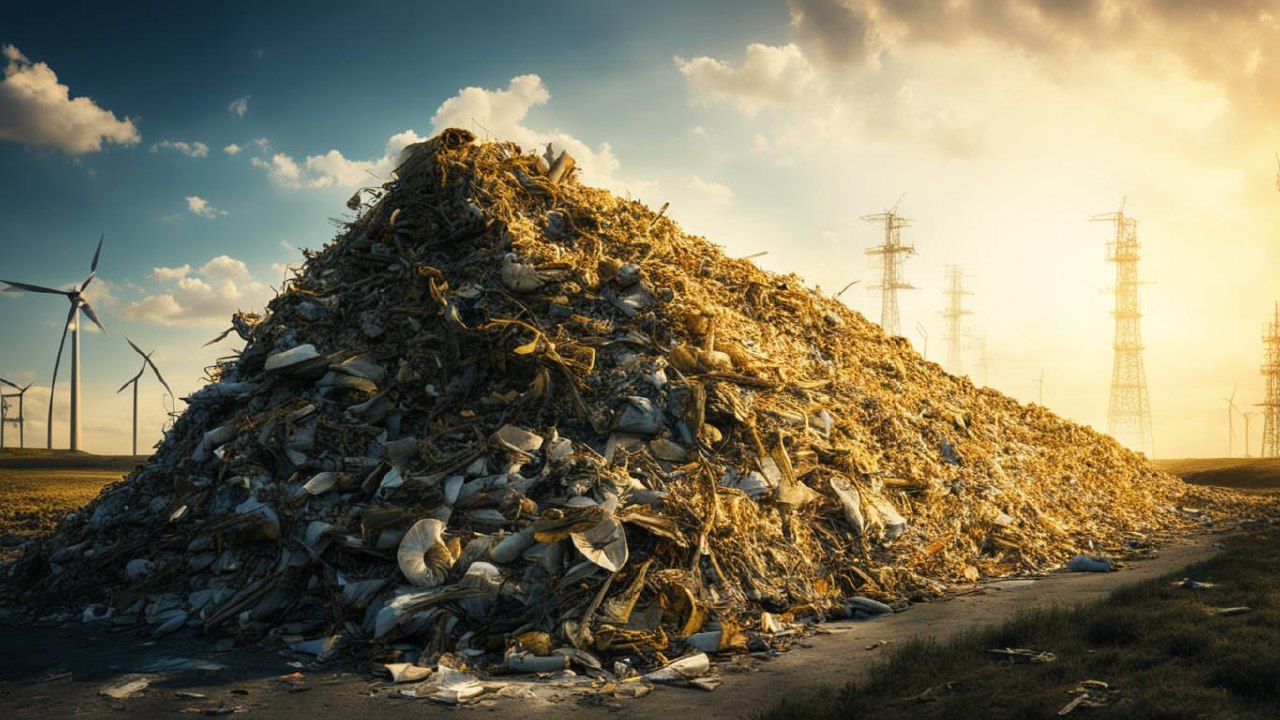In an age where sustainable answers are paramount, bioenergy is prominent as a transformative technology that turns waste into capacity. This innovative approach not only addresses waste management issues but further contributes considerably to the global energy join, providing a renewable and cleaner alternative to hydrocarbon deposits. Let’s investigate how bioenergy is revolutionizing the habit we handle waste and generate power.
Understanding Bioenergy
Bioenergy is came from organic fabrics, known as biomass, which contain agricultural residues, forest waste, animal fertilizer, and even municipal complete waste. Through various conversion processes, these matters are transformed into usable strength forms such as power, heat, and biofuels. The primary methods of change include combustion, anaerobic digesting, and gasification, each playing a detracting role in harnessing the strength potential of biomass.
Anaerobic Digestion: Turning Basic Waste into Biogas
One of ultimate effective methods for adapting waste into energy is anaerobic digestion. This process includes the breakdown of natural resources by microorganisms in the absence of oxygen, resulting in the result of biogas—a mixture primarily collected of methane and colorless odorless gas. Biogas can be used straightforwardly for heating, electricity production, or upgraded to biomethane, a inexhaustible natural gas suitable for use in tools or injection into the gas gridiron.
Anaerobic digestion is specifically beneficial for managing land waste, food waste, and sewage mud. By processing these wastes, it not only produce energy but also produces food-rich digestate, which can be secondhand as a fertilizer, closing the fiber loop in agricultural systems.
Explosion and Co-firing: Efficient Strength Recovery
Explosion is a well-established technology for adapting biomass into energy. In this process, biomass is charred to produce heat, which maybe used directly or to create electricity through steam turbines. New biomass combustion plans are highly efficient and can handle a wide range of waste materials, containing wood money, agricultural residues, and municipal dimensional waste.
Co-firing, which includes burning biomass alongside bitumen in existing power plants, is another habit to integrate bioenergy into the power gridiron. This approach not only reduces greenhouse smoke emissions from coal capacity plants but also provides a trustworthy means of directing waste biomass.
Gasification: Advanced Conversion Science
Gasification represents a more advanced science for converting biomass into strength. In this process, biomass is heated in a regulated environment with restricted oxygen, producing a artificial gas (syngas) composed of hydrogen, colorless odorless toxic gas, and methane. Syngas can be secondhand for electricity era, as a feedstock for producing chemicals, or further treated into liquid biofuels.
Gasification offers high efficiency and can handle a various range of waste materials, containing those that are otherwise difficult to process, in the way that plastic waste. This versatility create it a promising science for comprehensive waste-to-energy resolutions.
Environmental and Economic Benefits
The renewal of waste into bioenergy offers numerous incidental benefits. By diverting organic waste from landfills, it reduces poison gas emissions, a potent hothouse gas. Furthermore, bioenergy systems often produce lower levels of contaminants compared to traditional nonrenewable fuel sources, contributing to revised air quality and public health.
Economically, bioenergy devises new revenue streams from waste materials that would alternatively incur disposition costs. It also stimulates country economies by providing jobs in biomass group, processing, and strength production. Furthermore, the use of regionally sourced biomass enhances strength security and reduces reliance on imported fossil fuels.
Challenges and Future Prospect
Despite its benefits, bioenergy faces challenges such as feedstock chance, logistical issues, and the need for substantial beginning investment. However, continuous advancements in electronics and increasing policy support are allowance to overcome these barriers. Governments worldwide are making the potential of bioenergy and are implementing lures and regulations to promote allure adoption.
The future of bioenergy looks promising, accompanying continued change expected to improve effectiveness and expand the range of usable feedstocks. As more societies and industries deal with this technology, bioenergy will play an increasingly lively role in achieving tenable energy aims and addressing waste management challenges.
Decision
Bioenergy is revolutionizing the way we consider waste and energy. By molding organic waste into valuable power, it offers a tenable solution to two pressing all-encompassing issues: waste management and energy from undepletable source production. Through processes like anaerobic digestion, explosion, and gasification, bioenergy is turning the concept of waste on allure head, demonstrating that what we abandon can indeed power our future. As science advances and adoption grows, bioenergy will certainly continue to shape a detergent, more sustainable world.
